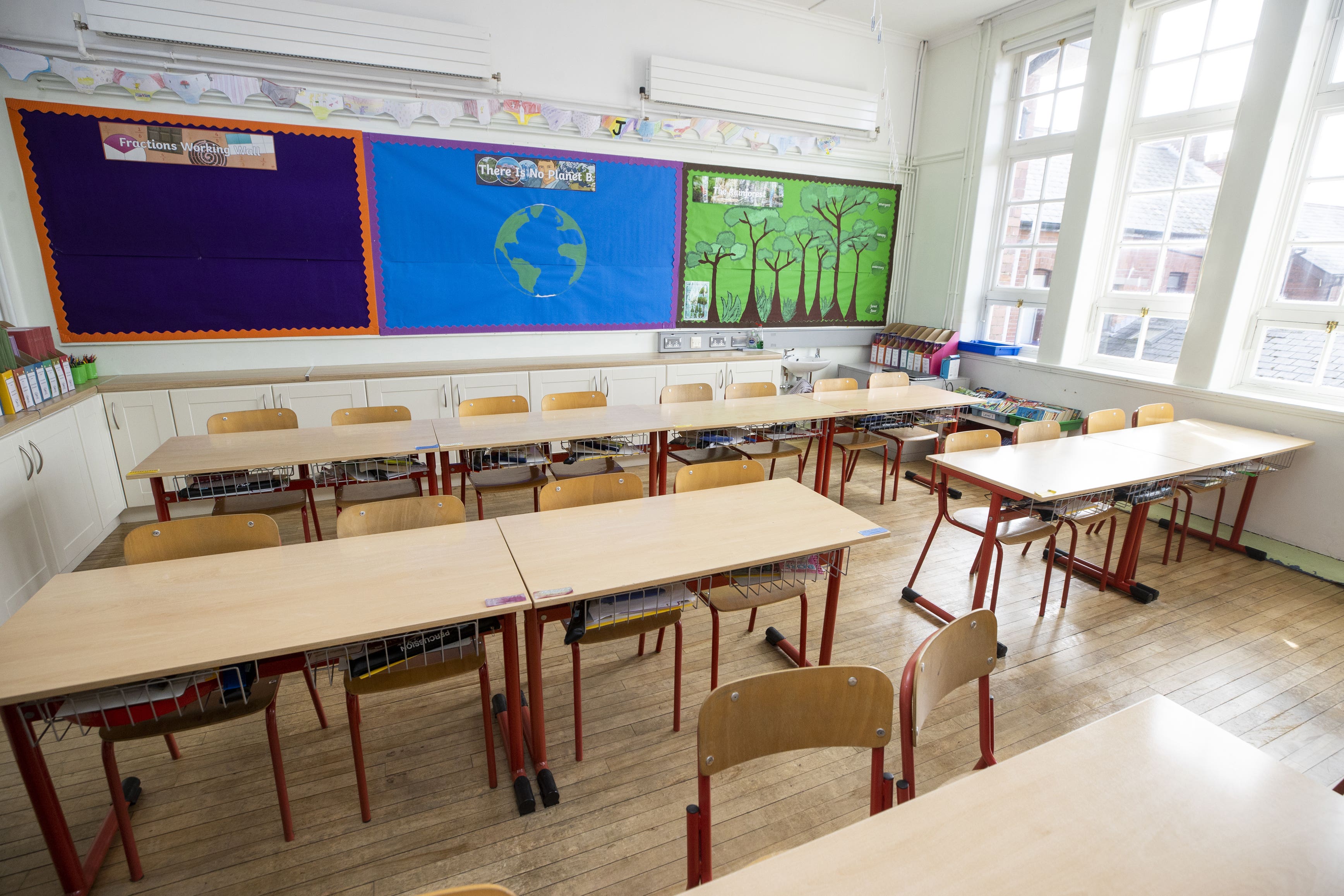Chances of securing preferred secondary school place depends on region
A number of local authorities have seen a fall in the proportion of children receiving their first choice compared with last year, a survey suggests.

There are signs that fewer children are gaining places at their first choice of secondary school in a number of areas in England, a survey suggests.
Hundreds of thousands of families across England are finding out which secondary school their child will be joining this September, on what is commonly known as National Offer Day.
Early indications from a PA news agency survey of local authorities suggest that a youngster’s chances of winning a place at their preferred school varies significantly depending on where they live.
The survey, sent to councils across England, excluding London, suggests that a number of local authorities have seen a fall in the proportion of children receiving their first choice compared with last year.
There is extra pressure on secondary admissions this year as the pupil population bulge that has been moving through primary schools is currently hitting secondary schools
Early figures, from 33 councils which provided comparable data, show that 18 have seen a decline in the proportion of pupils getting their first preference, 14 have seen a rise and one has seen no change.
Among the areas where high proportions of pupils have obtained their first preference are Wiltshire, where 95.05% got their top choice, and Wakefield where 93.6% also were offered their first pick.
In comparison, in Liverpool, only 67.2% of children got their first preference, while in Birmingham 71.68% got their top choice.
England’s school system has been put under pressure in recent years as a population bulge has been moving into secondary schools.
Paul Whiteman, general secretary of school leaders’ union NAHT, said: “This can be an anxious time for families. Choosing the right school and securing a place there is a huge moment in a child’s life and not everyone will get their first choice today.
“There is extra pressure on secondary admissions this year as the pupil population bulge that has been moving through primary schools is currently hitting secondary schools. Many schools are particularly oversubscribed, especially in certain areas of the country.”
He added: “Until the Government creates a national strategy to guarantee there are enough school places for every child in England, the annual anxious wait for families will continue.”
Geoff Barton, general secretary of the Association of School and College Leaders (ASCL), said: “The number of pupils in secondary schools has been rising in recent years and is expected to continue to do so through to 2025.
“It is therefore very likely that there will be more pressure on secondary school places this year and next. This pressure will be most keenly felt by schools that are already oversubscribed.”
Official data shows that, last year, 83.3% of pupils were offered their first choice of secondary school – which was up slightly on 81.1% in 2021.
A Department for Education spokesperson said: “The vast majority of families will be offered a place at one of their preferred schools and most will be offered their top place.
“We have already created over one million school places in the last decade – the largest increase in school capacity for at least two generations.
“We have also announced nearly £530 million to provide both primary and secondary places needed for 2023, and £940 million for places needed for 2024 and 2025.”